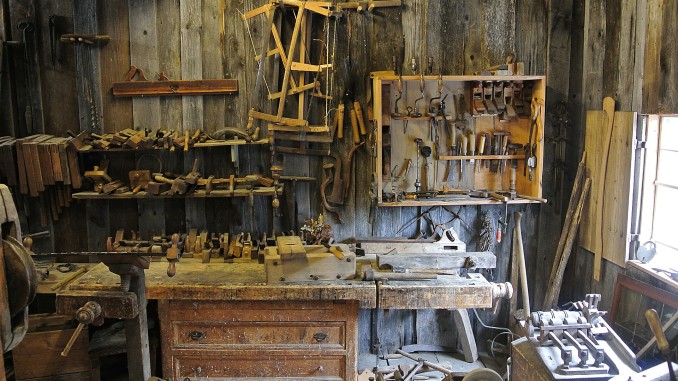
I’ve spent a good chunk of the last week collating data from the various Star Wars Saga Edition books for a slightly related project, and doing so has reminded me of how much I enjoyed the system.* Most notably it reminded me of what was probably my favorite part of the system – the condition track.
The condition track was another way for players to gauge their health and to track the damage that was being dealt to their characters in addition to tracking their hit point total. But unlike that total, which increased each time you gained a level, the condition track stayed the same from level 1 to level 20. If you ran out of hit points, you were still knocked unconscious as normal, but the condition track offered another way for a character to be taken out of a fight without necessarily dealing a whole lot of hit point damage.
If you took damage in excess of your character’s damage threshold, you moved down the condition track one step, which represented your character taking a dramatic wound. There were a variety of other game effects that could cause you to move down the condition track as well, representing a hero or villain’s ability to cause harm to an enemy that was not quantifiable by rolling damage dice. Your will to fight could be sapped just as quickly as your ability to stay standing with the condition track. Certain higher level abilities could move an enemy multiple steps down the condition track in a single effect. As you were moved down the condition track, you took escalating penalties to your defenses and your attack rolls and skill checks, representing your character becoming more and more compromised from his enemies actions. This of course, made it easier to move you further down the condition track. If your character ever reached the bottom of the condition track, they were knocked unconscious (or at least taken out of the fight), just the same as if they had been reduced to 0 hit points. If you were reduced to 0 hit points by an attack that also exceeded your damage threshold, you were killed.
Just as you could be moved down the condition track, you could also take action to move yourself back up the condition track to keep yourself in the fight. Certain feats and talents helped you or your allies recover from this kind of damage more quickly. This was, of course, provided that the condition that you were suffering from wasn’t persistent, which required its own way of removing, typically involving rest or time-consuming surgery to remove.
Condition track management was a very important thing within the game system. If you were several steps down the condition track, low on hit points, and facing down several opponents, you had to make some hard decisions. Could you take the penalty to the attack roll to take a shot at one of the bad guys? Or did you need to withdraw into a safe spot to start recovering? This brand of resource management added new wrinkles and tactical decisions to the game. Healing an ally was suddenly more than just restoring their hit points, and taking actions that weren’t directly dealing damage to an enemy to move them several steps down the condition tracks was a viable combat tactic to take them out of the fight. The number of options you had meant that you could create builds around managing your own place on the condition track as well as taking the enemy down to the bottom as quickly as possible and both of them were viable and fun to play.
I realize that the condition track was in effect a simple non-binary health system. But the fact that it was used alongside the traditional, binary hit point system was eye-opening to me as a gamer and a fledgling designer. Having multiple avenues of health to monitor and control with limited resources was something that was fairly revolutionary to a gamer that had grown up with Dungeons and Dragons and the binary hit point system. I had seen different systems in various games and books that I had bought, but I never really had a chance to sit down and play with a variant system until this game. To me, the introduction of the condition track was probably one of the most important things that Star Wars Saga Edition did for me as a gamer.
*Yeah, that means you may be getting some Star Wars Saga Edition stuff in the future from me. Deal with it.
